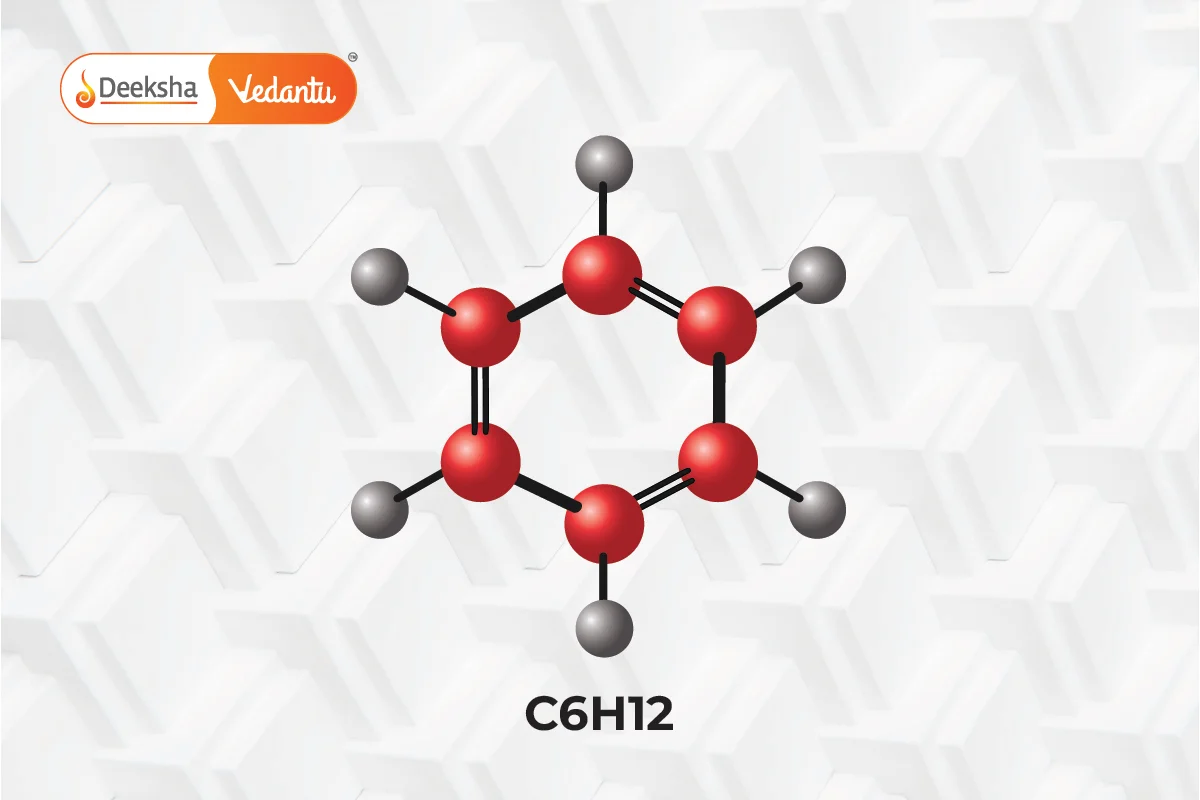Carbon is a truly versatile element, forming the basis of organic chemistry. This versatility is due to its ability to form millions of compounds, ranging from simple molecules like methane () to incredibly complex structures like DNA and proteins. In this section, we will explore the key characteristics that make carbon so versatile, including catenation, tetravalency, and its ability to form strong covalent bonds with itself and other elements.
Catenation: The Ability to Form Long Chains and Rings
Catenation is the ability of carbon atoms to bond with other carbon atoms, creating long chains or even ring structures. This property is responsible for the immense variety of organic compounds found in nature and industry. Carbon forms chains of varying lengths—short, medium, or long—and these chains can be:
- Straight chains: Carbon atoms arranged in a linear sequence.
- Branched chains: Carbon atoms forming a tree-like structure.
- Ring structures: Carbon atoms forming closed-loop or cyclic structures.
Why is Catenation Unique to Carbon?
Catenation is possible in elements like silicon and sulfur, but it is most prevalent and stable in carbon because of its small atomic size, which allows for the formation of strong covalent bonds between carbon atoms. Carbon’s bond dissociation energy is higher than other elements, meaning carbon-carbon bonds are stable and resistant to breaking.
Example of Catenation:
- Straight Chain: Butane (
) is a hydrocarbon where carbon atoms form a continuous linear chain.
- Branched Chain: Isobutane (
) is a branched isomer of butane.
- Cyclic Compound: Cyclohexane (
) is a ring-shaped hydrocarbon formed by carbon atoms arranged in a hexagonal structure.
Tetravalency of Carbon
Carbon is a tetravalent element, meaning it has four valence electrons and can form four covalent bonds with other atoms. This property enables carbon to bond with a wide variety of elements, including hydrogen, oxygen, nitrogen, sulfur, and halogens (chlorine, bromine, etc.). The four bonds can be formed in different configurations, leading to diverse molecular structures.
Why Tetravalency is Important?
Carbon’s ability to form four bonds makes it incredibly flexible in forming different types of molecules, from simple hydrocarbons like methane to large biomolecules like proteins and nucleic acids.
Example of Tetravalency:
- Methane (
): In methane, carbon forms four single covalent bonds with four hydrogen atoms.
- Ethanol (
): In ethanol, carbon forms bonds with hydrogen, another carbon atom, and oxygen (in the form of a hydroxyl group).
Formation of Multiple Bonds
Carbon can form single, double, and triple covalent bonds with other atoms. This flexibility in bonding leads to the formation of saturated and unsaturated compounds.
- Single Bonds: In alkanes, carbon atoms are connected by single bonds, making them saturated hydrocarbons.
- Double Bonds: In alkenes, carbon atoms are connected by one or more double bonds, making them unsaturated.
- Triple Bonds: In alkynes, carbon atoms are connected by a triple bond.
Saturated vs. Unsaturated Compounds:
- Saturated Compounds: Contain only single bonds between carbon atoms. Example: Alkanes (methane, propane, butane).
- Unsaturated Compounds: Contain double or triple bonds between carbon atoms. Example: Alkenes (ethene, propene) and Alkynes (ethyne, propyne).
Bonding with Other Elements
Carbon’s ability to bond with elements like hydrogen, oxygen, nitrogen, and halogens results in the formation of a wide variety of functional groups. This versatility allows carbon to form many different types of organic compounds such as alcohols, carboxylic acids, amines, halocarbons, and more.
Common Functional Groups in Organic Compounds:
- Alcohol (
): Example: Ethanol (
)
- Carboxyl (
): Example: Acetic acid (
)
- Aldehyde (
): Example: Formaldehyde (
)
- Amines (
): Example: Methylamine (
)
The presence of functional groups imparts specific chemical properties to the compound and determines its behavior in chemical reactions.
Real-Life Applications of Carbon’s Versatility
Carbon’s ability to form diverse compounds makes it essential in various industries and natural processes:
- Hydrocarbons as Fuels: Hydrocarbons such as methane (
), propane (
), and butane (
) are widely used as fuels due to their ability to release a significant amount of energy when burned.
- Pharmaceuticals: Carbon forms the backbone of many drugs and medicines. For example, aspirin (
) is a widely used pain reliever, and paracetamol (
) is used to reduce fever and pain.
- Polymers and Plastics: Carbon is essential in forming synthetic polymers such as polyethylene, polyvinyl chloride (PVC), and polystyrene. These materials are used to make everything from packaging materials to plastic bottles and toys.
Enhanced Visualizations
- Electron Dot Structure of Methane (
): Methane is a simple covalent compound where carbon shares one electron with each hydrogen atom.
- Cyclohexane Structure: A visual representation of a cyclic hydrocarbon formed by catenation.

Practice Questions with Answers
Q1: Explain the significance of tetravalency in carbon.
- Answer: Tetravalency allows carbon to form four covalent bonds with other atoms, leading to the formation of a vast number of stable compounds, including organic molecules essential for life and industry.
Q2: What is catenation, and why is it important?
- Answer: Catenation is the ability of carbon to bond with itself, forming long chains, branched chains, or rings. This property is important because it enables carbon to form the backbone of many essential compounds, including hydrocarbons, proteins, and nucleic acids.
FAQs
Saturated hydrocarbons (alkanes) contain only single bonds between carbon atoms, while unsaturated hydrocarbons (alkenes and alkynes) contain double or triple bonds.
Catenation allows carbon to form long chains, branched chains, and rings, which are the basis for many organic compounds found in nature and industry.
Carbon’s versatility arises from its ability to form stable covalent bonds with itself and other elements. Its tetravalency and capacity for catenation lead to an immense variety of compounds.







Get Social